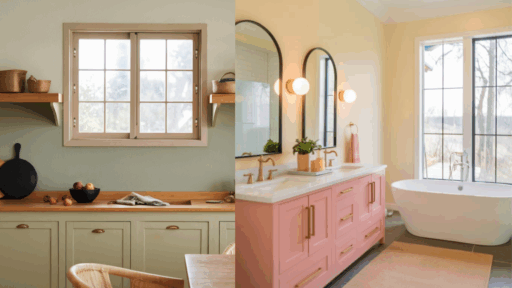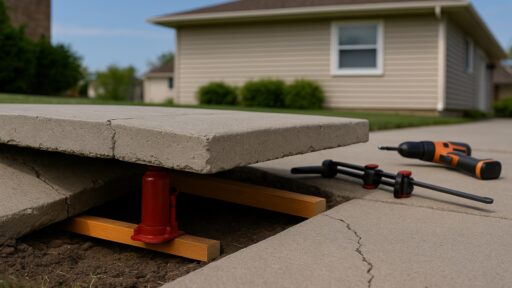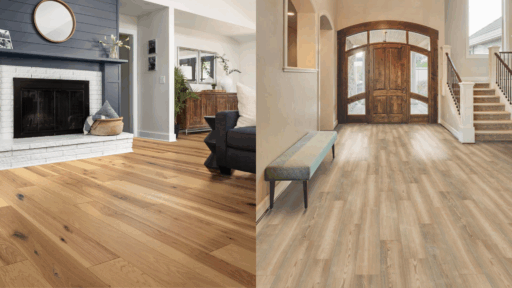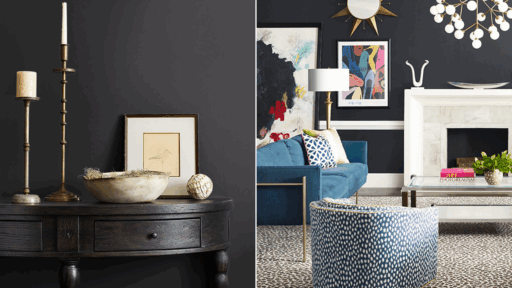Choosing the right paint can be confusing, especially when the same brand shows up in two different places.
I’ve seen Sherwin-Williams paint at Lowe’s and wondered if it’s the same as what I’d get at a Sherwin-Williams store.
Is the quality just as good? Will it last as long or look the same on your walls? These are smart questions to ask, especially if you’re spending time and money on a home project.
It’s not always clear if I’m getting the best value or just a familiar name on the label. That’s exactly why I created this guide.
You’ll get a simple, no-nonsense breakdown of what makes the paint at Lowe’s different from what you’ll find in a Sherwin-Williams store.
No guesswork. Just facts to help you (and me) decide what works best for our spaces. If you want your walls to look great and stay that way, you’re in the right place.
Understanding Sherwin-Williams at Lowe’s

When you walk into Lowe’s and see Sherwin-Williams paint, it’s easy to think it’s the same as what you’d get at a Sherwin-Williams store.
Lowe’s sells a special line of paint made by Sherwin-Williams. It’s called HGTV Home by Sherwin–Williams.
This paint is made just for Lowe’s shoppers. It’s still from the same company, but it’s not the exact same paint as you’d find at their brand store.
The paint at Lowe’s is designed for people who do home projects themselves. It’s easier to use and often costs less.
That doesn’t mean it’s bad; it just serves a different purpose.
If you’re painting a bedroom or a small project, this paint can do the job. But if you want top-quality paint that lasts longer, there’s more to learn from what the stores offer.
What’s Available at Sherwin-Williams Stores?
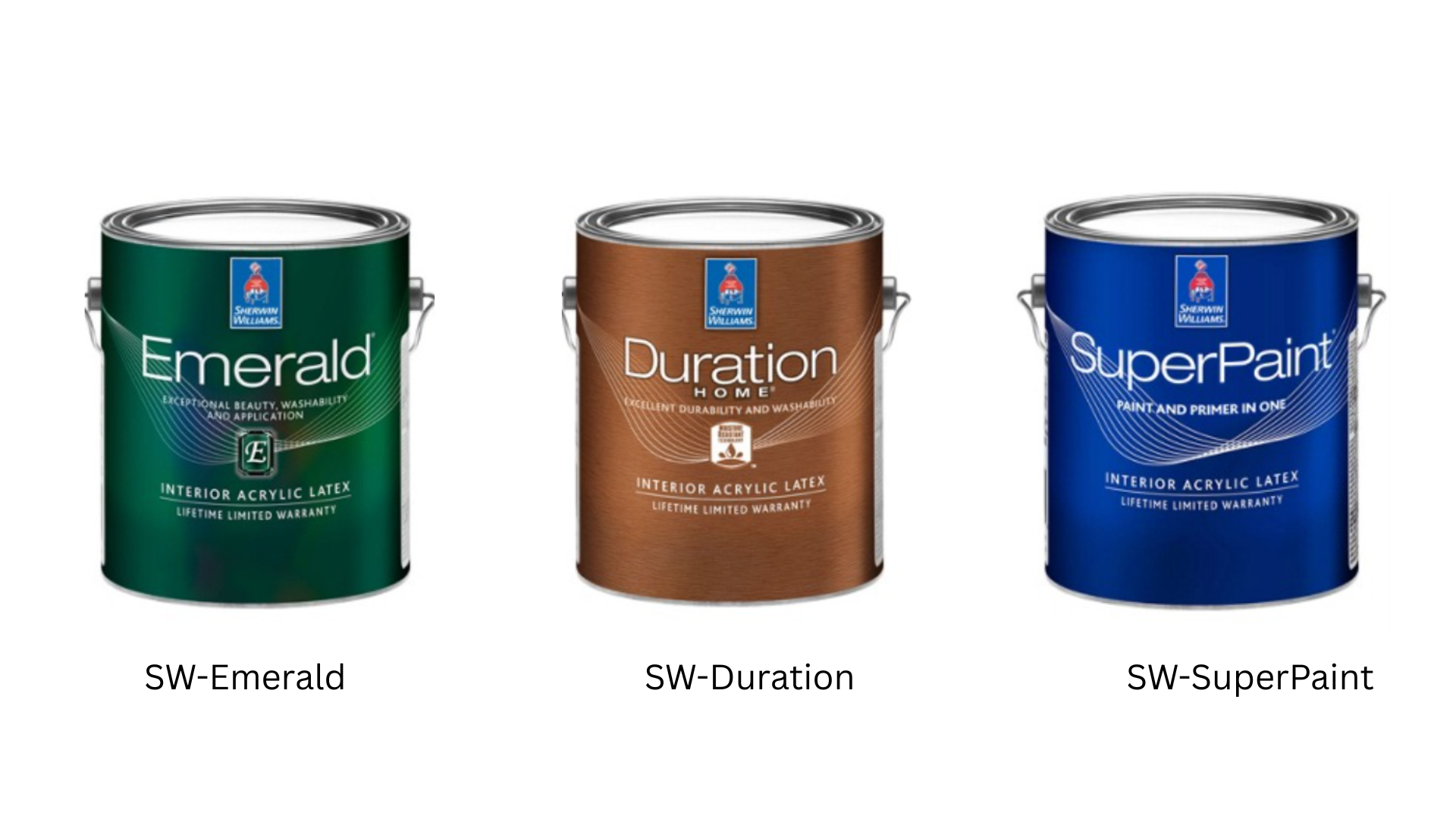
Sherwin-Williams stores carry paint made for strong performance and long-lasting results. These stores offer several product lines that are not sold at Lowe’s.
Some of the most well-known are Emerald, Duration, and SuperPaint.
These paints are often used by professional painters, builders, and homeowners looking for higher durability.
They are designed to cover walls more effectively, withstand more wear and tear, and maintain their color over time. Some types also resist stains and clean up more easily.
Unlike the lines made for Lowe’s, the paints in these stores focus more on strength and less on cost.
They may require fewer coats and stay in good shape for years, even in busy areas like hallways or kitchens.
These options are a good fit for larger projects or places where quality and lasting results are more important. The next step is to compare the two types of paint side by side.
Key Differences in Paint Quality
This table shows the main differences side by side. It helps make it easier to see which one might work better, depending on the project and the results needed.
| Feature | Sherwin-Williams at Lowe’s | Sherwin-Williams Stores |
|---|---|---|
| Formula | Made for DIY use, may require more coats | Stronger formula, better coverage with fewer coats |
| Durability | Good for light-use areas | Built to last in high-use spaces |
| Finish Options | Fewer choices | Wider range of finishes and textures |
| Ease of Use | Easy to apply for beginners | Often used by professionals, may need more prep |
| Purpose | Best for small projects and quick updates | Ideal for long-term results and large spaces |
Pricing and Accessibility
One key difference between Lowe’s and Sherwin-Williams stores is price. Paint at Lowe’s is typically more affordable, designed for everyday use, and readily available from the shelf.
Sherwin-Williams stores offer higher-end paints that often cost more but can last longer and give better results.
Lowe’s is more convenient with locations everywhere, while Sherwin-Williams stores may require special orders.
Both are solid choices; it just depends on your budget and how important long-term results are.
What the Labels Don’t Tell You?
Paint cans often resemble one another, especially when they bear the same brand name. But the label doesn’t always explain how the paint will perform.
The name “Sherwin-Williams” may be on both cans, but the paint inside can be made for different uses.
Some labels may not list key details, such as the number of coats required or the paint’s resistance to stains.
Other times, the words on the can sound alike, even if the products are built for different types of jobs.
That’s why it’s helpful to ask questions in the store or check reviews before buying.
Looking past the name and focusing on what the paint is made for can lead to better choices.
Knowing what the label leaves out helps avoid surprise problems later-like needing extra coats or having paint that doesn’t hold up as expected.
Which One Should You Choose?
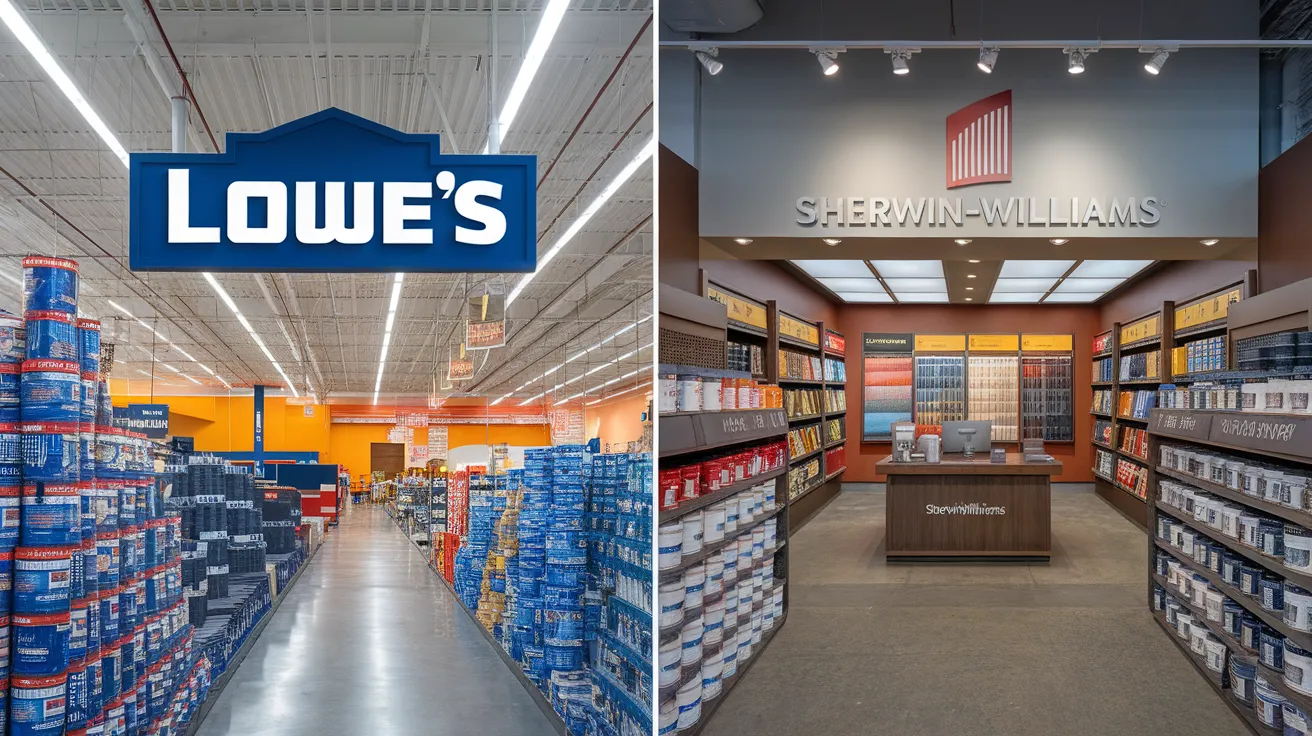
- For small, simple projects: Paint from Lowe’s works well for bedrooms, accent walls, or smaller updates. It’s designed to be easy to use and fits most home budgets.
- For larger or high-use spaces: Sherwin-Williams store paint may be a better fit for areas like kitchens, hallways, or family rooms. It’s made to last longer and handle more wear.
- When saving money matters, Lowe’s paint is often more affordable and widely available. It’s a good choice when staying on budget is a top priority.
- When performance is most important, Paint from Sherwin-Williams stores usually offers stronger coverage, better color hold, and easier cleaning, ideal for long-term results.
- No one-size-fits-all answer: Each option has its place. The right paint depends on the project, its intended lifespan, and the amount of time and money allocated.
- Good results start with a smart choice: Picking paint that matches the job helps the space look better and hold up over time.
Conclusion
Choosing the right paint is crucial, whether it’s for one room or the entire house.
Sherwin-Williams offers solid options at both Lowe’s and their stores, but they serve different needs.
Lowe’s paint is more affordable and user-friendly, making it great for simple projects.
Store versions offer stronger coverage and durability, making them ideal for high-traffic or long-term use.
Both have value. The key is knowing what each is made for.
I always recommend checking the label and conducting some research. Good paint should match the project, not just the brand.
When you focus on purpose, quality, and how the space will be used, the choice becomes a lot easier.

